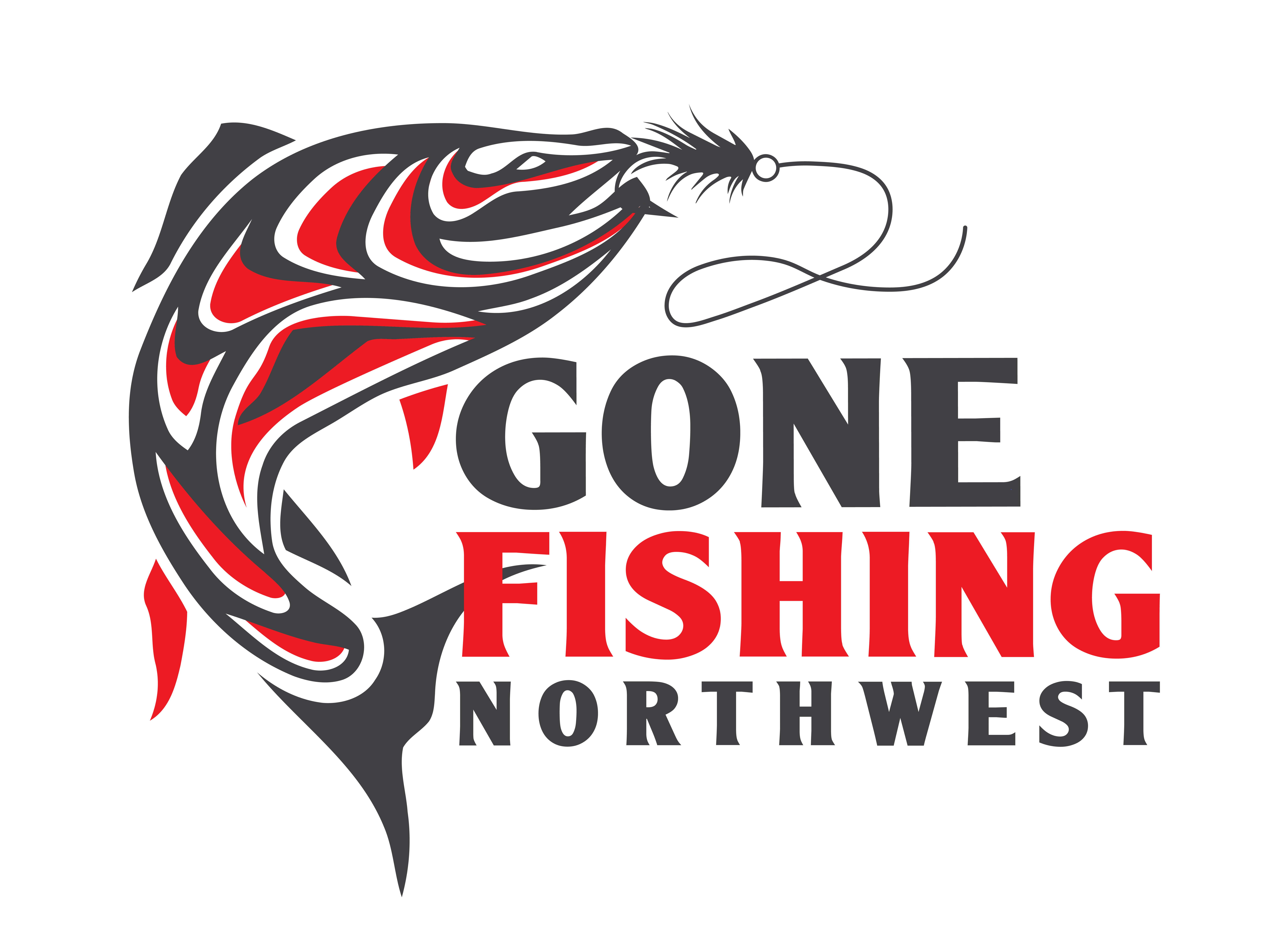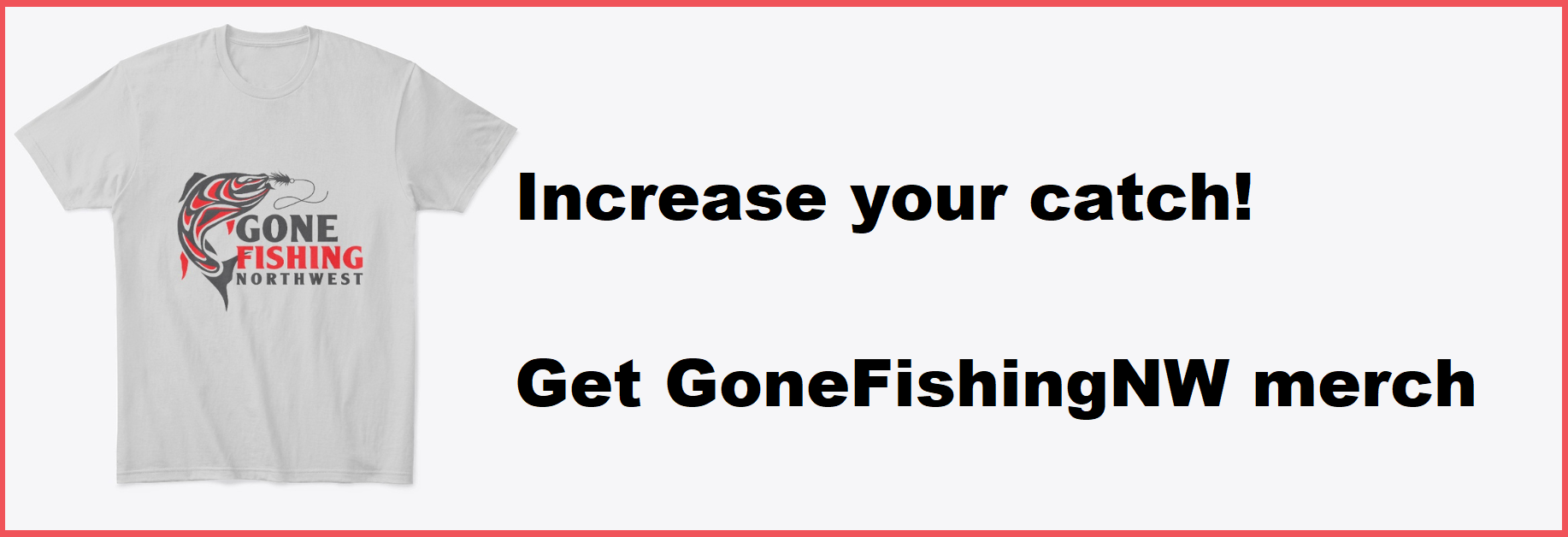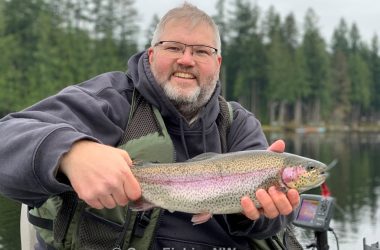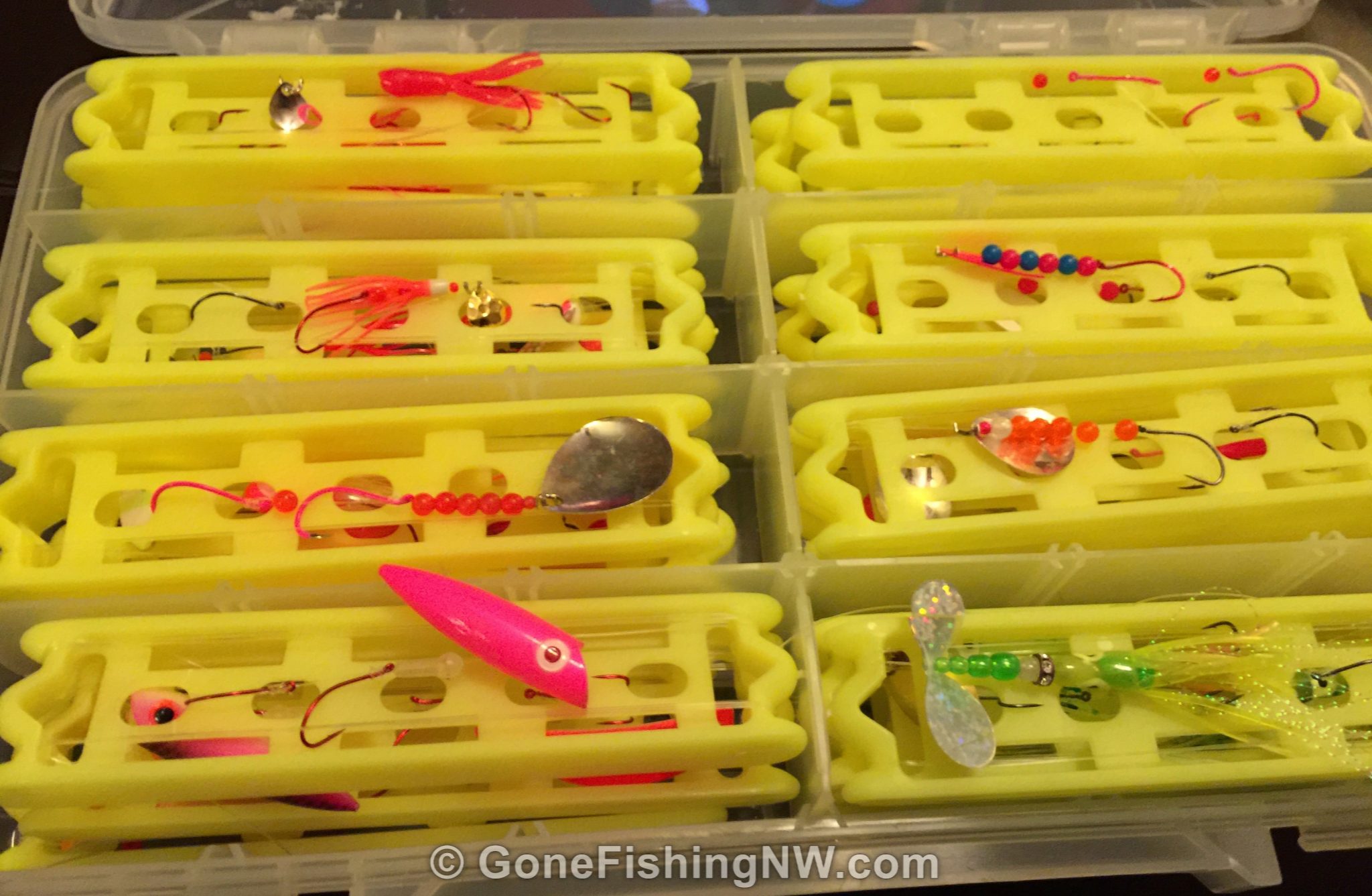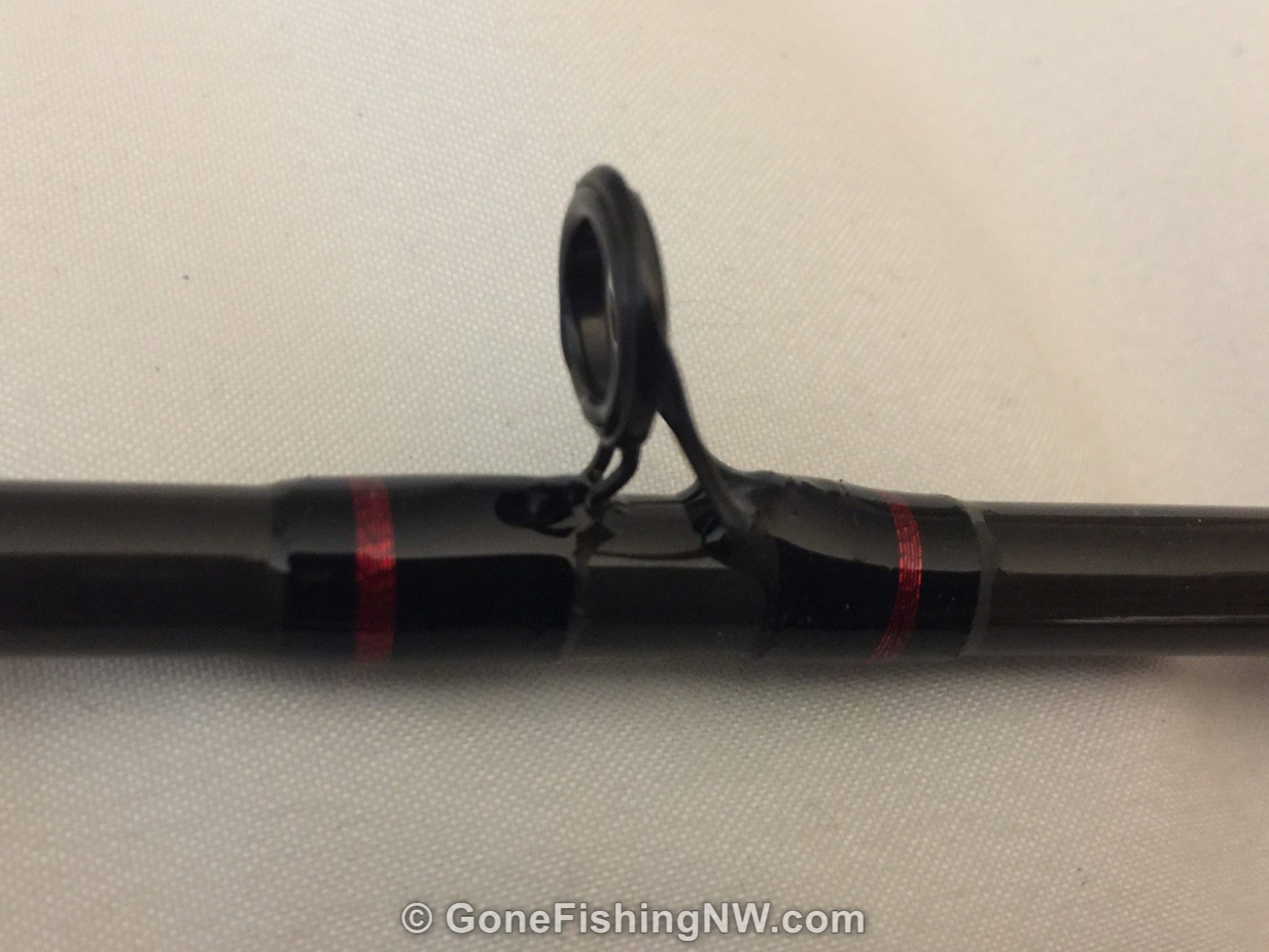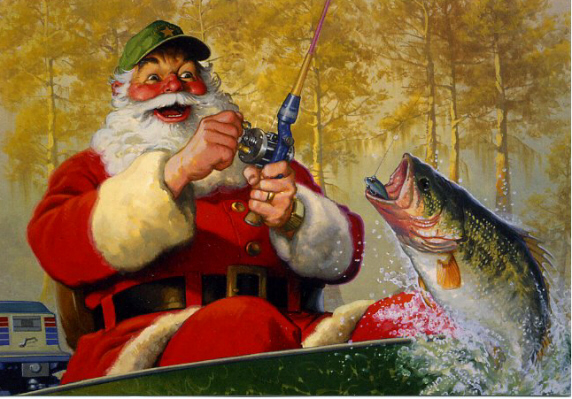One common mistake I see when I invite people out fishing is their leaders. It doesn’t matter if it is conventional gear or fly fishing, there seems to be confusion about the purpose of the leader, and how to make it effective.
The main purpose of the leader is to connect your terminal tackle to your mainline. Since this is the part the fish sees when presented with your lure, the leader is typically lighter line than your mainline. I tend to almost always use fluorocarbon leader, 4-6 pound line for trout.
For the leader to do it’s job it has to be long enough disassociate any weight, swivels and the more visible mainline from the lure. This length is going to be dependent on water clarity – the more clear the water the longer the leader you need. I’ve found that in most waters about 4 feet is long enough to be effective. If the water is really clear you may need to go longer.
In theory you could make your leader really long, like 10 feet. However the practical is because you can only reel up to that weight/swivel you will start to have trouble landing fish as that leader length goes up.
When fly fishing you’ll find tapered leaders that are really long, like 9 feet – and that is before any tippet is added. In my opinion the main purpose of those long tapered leaders is for dry fly fishing. I’m not going to go into that much here, except to say that on stillwater dry flies are typically not effective and you’ll want to primarily use subsurface flies.
When fly fishing subsurface you don’t get much advantage out of a tapered leader, or really long leader. In fact a long leader may hurt your fishing, as it is harder for that sinking fly line to pull your fly down to the right depth. So while I tend to use longer leaders when fly fishing vs conventional gear, when it comes to stillwater fishing my leaders still tend to be short, like 6 – 8 feet (including tippet).
